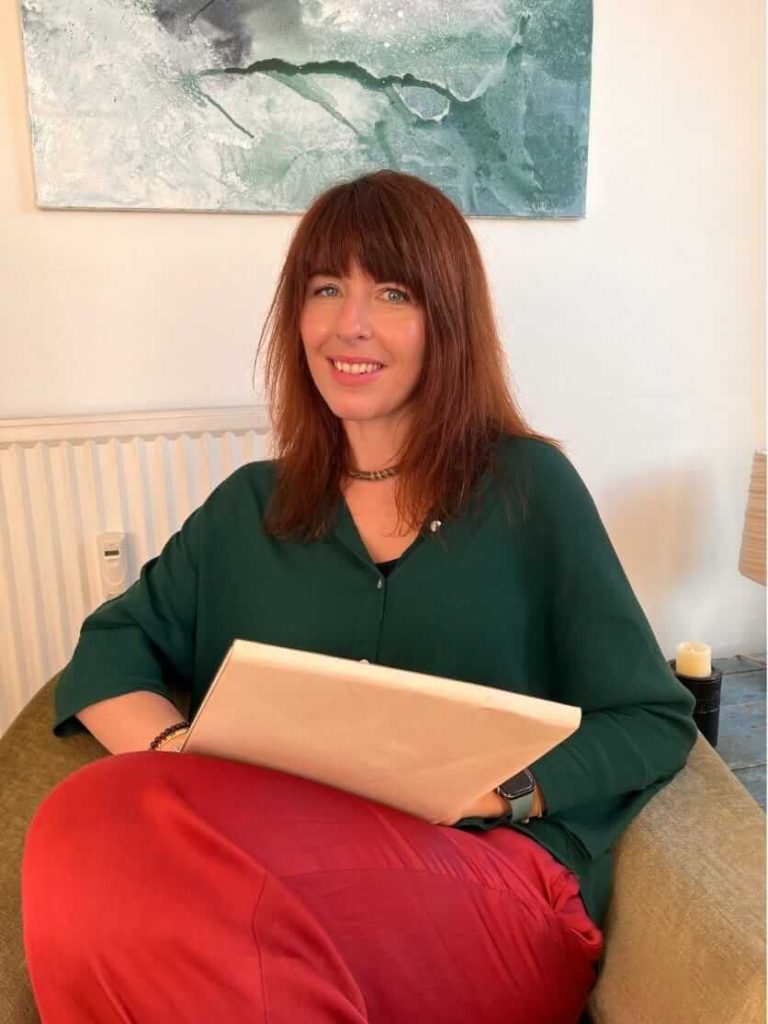There’s a first Time for everything. And those first times always move us, transform us, and teach us.
I still remember my first days as a therapist, the first time I sat across from a patient. The feeling of surrender, of being fully present, without judgment or expectations—simply there to accompany.
Over the years, I discovered that I experienced this same feeling during another major shift in my life: motherhood. Both experiences, though different, share an essential pillar: the art of caring and supporting another person through presence and unconditional love.
The Kind of Learning You Don’t Get at University
During my training as a psychologist, I learned theories, techniques, and methodologies. But there’s something no university teaches you: how to be truly and altruistically present for another person.
That ability to emotionally hold someone, to offer a safe space without expecting anything in return, is something you learn through practice. And in my case, it was motherhood that ultimately taught me how.
Being a Mother and a Therapist: Two Ways of Accompanying Processes
During my pregnancy, I continued working with my clients until the final month. During that time, I accompanied many women through their own processes:
✔ Some were dealing with toxic relationships with their mothers.
✔ Others were grieving the loss of a pregnancy.
✔ Many were questioning whether they truly wanted to become mothers.
Meanwhile, within me, a life was growing—and with it, a transformation in my own identity.
I wasn’t one of those women who had always dreamed of becoming a mother, but when motherhood entered my life, I understood that it was a creative process just as powerful as my own professional development.
To Care and Be Cared For: An Essential Balance
Throughout my experience, I’ve discovered that care is an art that requires balance.
✔ Giving and receiving: To support others, we must also learn to receive support.
✔ Voice and silence: Accompanying isn’t always about talking; sometimes the most valuable thing is simply holding space.
✔ Stillness and action: Just like in life, therapy also has moments of pause and moments of movement.
Culturally, the way we care differs. But one thing is universal: when we look each other in the eye with authenticity, we always know what the other needs.
Motherhood as the Greatest Lesson in Caring
Becoming a mother allowed me to experience the act of caring from a completely different perspective.
Since then, the way I work with my patients has also changed. I’ve learned to be more patient, to honor the pace of each process, and to offer an even deeper and more human presence.
After motherhood, I returned to therapy with a renewed perspective and a capacity to hold space that no book could have taught me.
Mutual Care: A Daily Commitment
Caring is a conscious choice we can apply in our everyday relationships.
✔ We care when we offer our presence without judgment.
✔ We care when we pay attention to the needs of others.
✔ We care when we allow ourselves to receive support, too.
How do you cultivate the art of caring in your life?
I invite you to reflect on this and to prioritize mutual care—both in your personal life and your professional connections.
Conclusion: Therapy and Motherhood as a School of Life
Every session with a patient and every moment with my child reminds me that care is an investment in well-being.
Therapy, like motherhood, is a journey of constant giving and learning. If we learn to cultivate this art, we can create healthier and more human spaces where true growth becomes possible.
If you’d like to explore more about therapy and motherhood, I invite you to discover my support services for mothers and the personal growth workshop for mother


